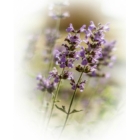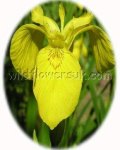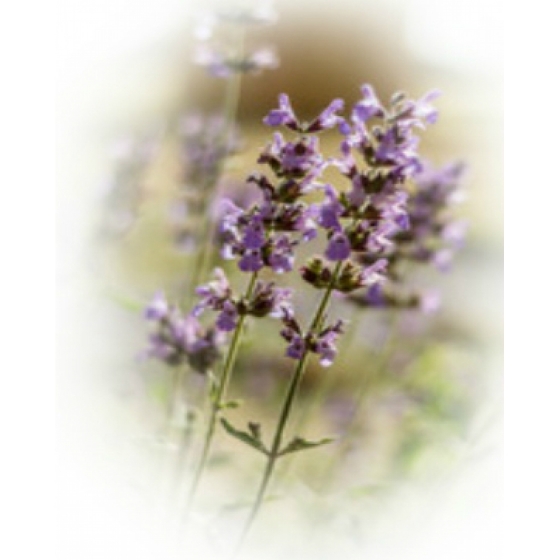 | ||
Wild Clary - Salvia verbenaca – grows best in light well-drained grassland and in sandy soils on sites in full sun. We have discovered that Wild Clary is a great plant for wildflower lawns where it will self seed readily and tolerate regular mowing to very low heights outside the flowering season. Plants are scented and extremely useful for attracting insect life such as Bees. Wild Clary typically grows to between 30 and 90 cms and has small blue flowers in June and July. Plants look best growing with other wild flowers that bloom in mid-summer such as Oxeye daisies, Kidney vetch, Bird’s-footTtrefoil, Meadow Cranesbills and Field Scabious. How to grow Wild Clary Seeds Wild Clary seeds should be sown in spring or autumn, either in seed trays or directly outside, and covered lightly with compost. Seeds can take some time to germinate and trays can be left outside in a cold frame and kept moist until conditions are right to facilitate germination. The seedlings, can then be pricked out and grown on, for planting out later in the year. To buy Wild Clary seeds To purchase Wild Clary seeds, please select a quantity above and click add to cart. To ensure the best chance of success, we sell all of our wildflower seeds by weight, which ensures each wildflower seed packet contains a good quantity of seeds. The recommended sowing rate is 1 gram per square metre, and the number of Wild Clary seeds per gram is approx. 350. All of our Wildflower seed packets contain seeds of Native British provenance. Summary type - perennial, colour - Blue, height - 75 to 100cms, flowering months - June, July, habitat - Semi-Shade (Orchards, Hedgerow, Banks, Open Woodland), Chalk and Limestone Grassland,Summary type - perennial, colour - Blue, height - 0 to 25cms, flowering months - June, July, August, habitat - Chalk and Limestone Grassland, Dry Grassland (clay, loam), Very dry Sandy Soil, Attracts Bees | ||
Printed 26/12/2025 21:54:57
st98_1 type perennial colour blue height 30 to 90cms flowers may june july august september habitat chalk and limestone grassland dry grassland very dry sandy soil caterpillar food plant attracts butterflies rhs perfect for pollinators pollinating insects bees butterflies moths hoverflies




 added to basket
added to basket